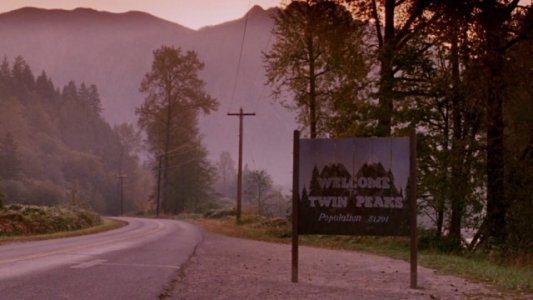Dallo spettatore all’investigatore. Partecipazione del pubblico nell’universo transmediale di "Twin Peaks"
Abstract
This paper aims to analyze how Twin Peaks – the TV series conceived by David Lynch and Mark Frost first aired in the United States in 1990 – redefines the role played by users and proposed a redefined relationship with the public, and especially with fans and cult audiences. The Twin Peaks series articulates a multimedia communication and also feeds on various types of contributions provided by users.
The article focuses on world-making practices in transmedia narratives and investigates how viewers are engaged in these practices through the discussion of particular narrative strategies namely hyperdiegesis as it is used in Twin Peaks and in the works produced by its fan base.
The work is structured into two parts: in the first one we analyze Twin Peaks as an example of transmedia storytelling, stimulating the viewer to constantly question the series’ narrative structure and coherence (forensic fandom); in the second part we discuss how the networked culture of fandom and world-making practices can be interpreted and analyzed through the narrative strategy namely hyperdiegesis.
The analytical perspective that we adopt in this work takes into consideration the storytelling both as a cultural product and as a cognitive tool. We adopt a methodological approach that integrates the perspective of television studies, media studies, fandom studies and spectatorial reception and also narratology applied to audiovisual texts.

Downloads
Pubblicato
Come citare
Fascicolo
Sezione
Licenza
Copyright (c) 2023 Elephant & Castle

TQuesto lavoro è fornito con la licenza Creative Commons Attribuzione 4.0 Internazionale.





